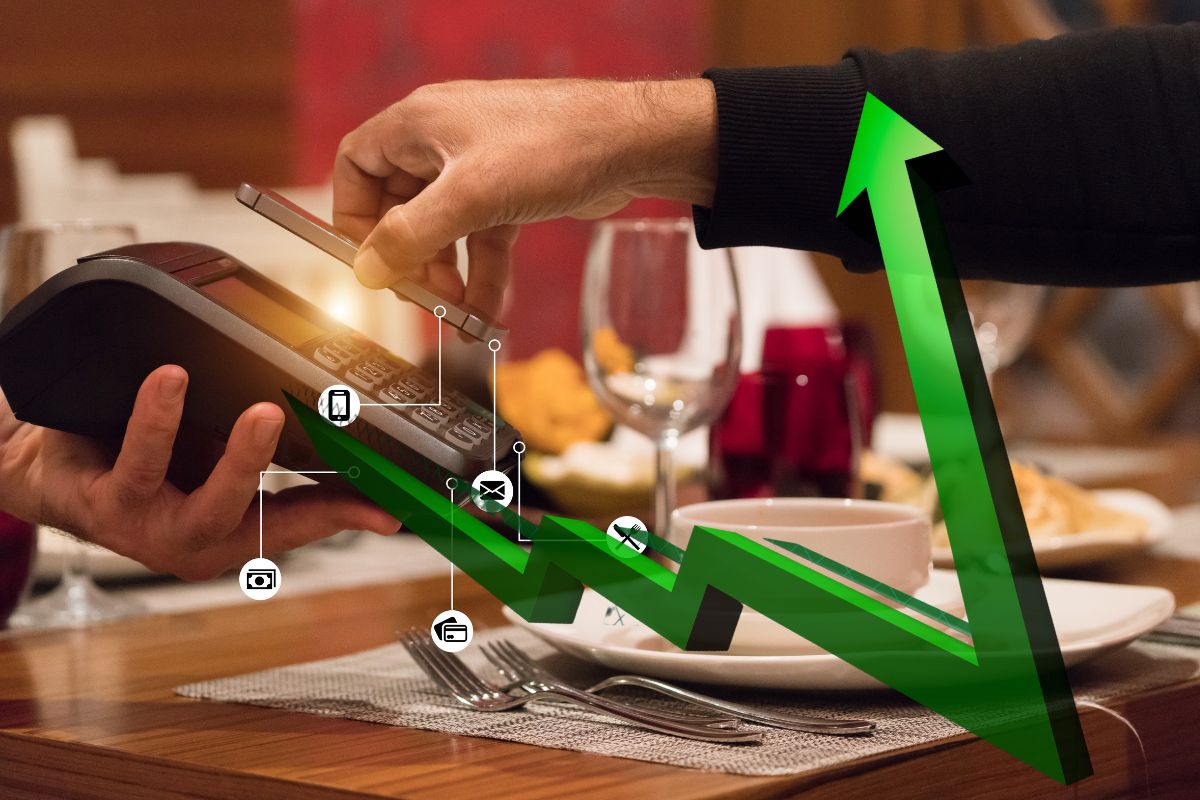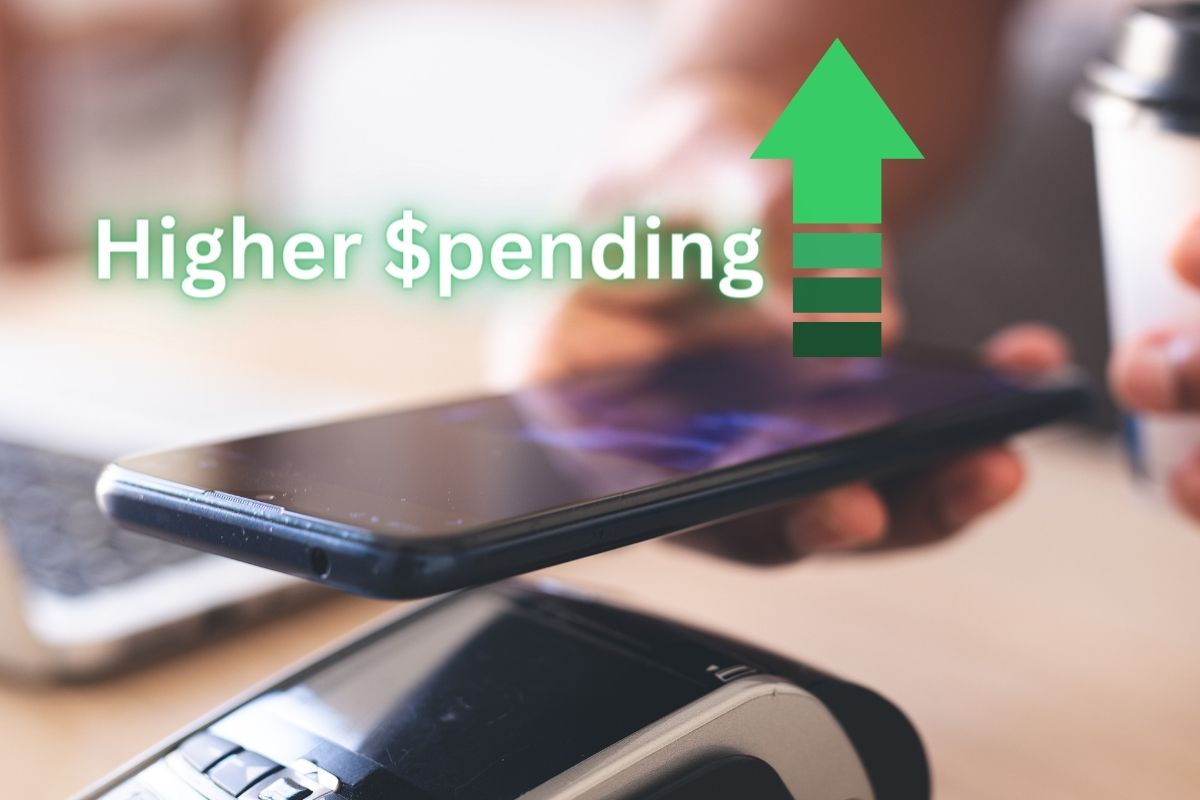Consumers using online transactions spent 31 percent more than non-users in a recent US survey.
US shoppers who use digital wallets spend significantly more across several major categories than their non-user counterparts.
This was the finding of a PYMNT and AWS survey of 2,501 people
The survey found that people using digital payments spent 31 percent more than non-users across a spectrum of categories. Restaurant sales saw the biggest difference, as people paying digitally spent an average of 33 percent more, since they spent an average of $44 per bill, compared to $33 by consumers paying by cash or plastic.

Even retail sales were 17 percent higher, while grocery sales were 4 percent higher when compared to those made to shoppers paying by cash or plastic.
Taking a closer look at who was making payments with digital wallets
The findings of the survey also showed that demographic had a great deal to do with who was paying using a phone, computer or wearable device. Though just under half – 49.4 percent – of US respondents in the survey were digital wallet users, that number was notably higher among respondents who were making over $100,000 per year. In that demographic, 55 percent used that kind of transaction.
On the other hand, when looking at income in the other direction – that is, among those making under $50,000 per year – the percentage who used a device to complete a transaction fell to 41.2 percent.
Therefore, it could be that the correlation between digital wallets and higher spending doesn’t necessarily equate to causation. It isn’t the payment method that is leading to larger purchases but may simply be that people who have more disposable income are more likely to use that payment method. As they have more money, they are more likely to make larger purchases.
In terms of age, Gen Z was most likely to use this type of payment method, as 80 percent of those surveyed said that they did. This dropped to 66 percent among millennials, 43.7 percent for those in Gen X, and down to 25.7 percent among baby boomers. The survey didn’t include anyone in older or younger generations.

